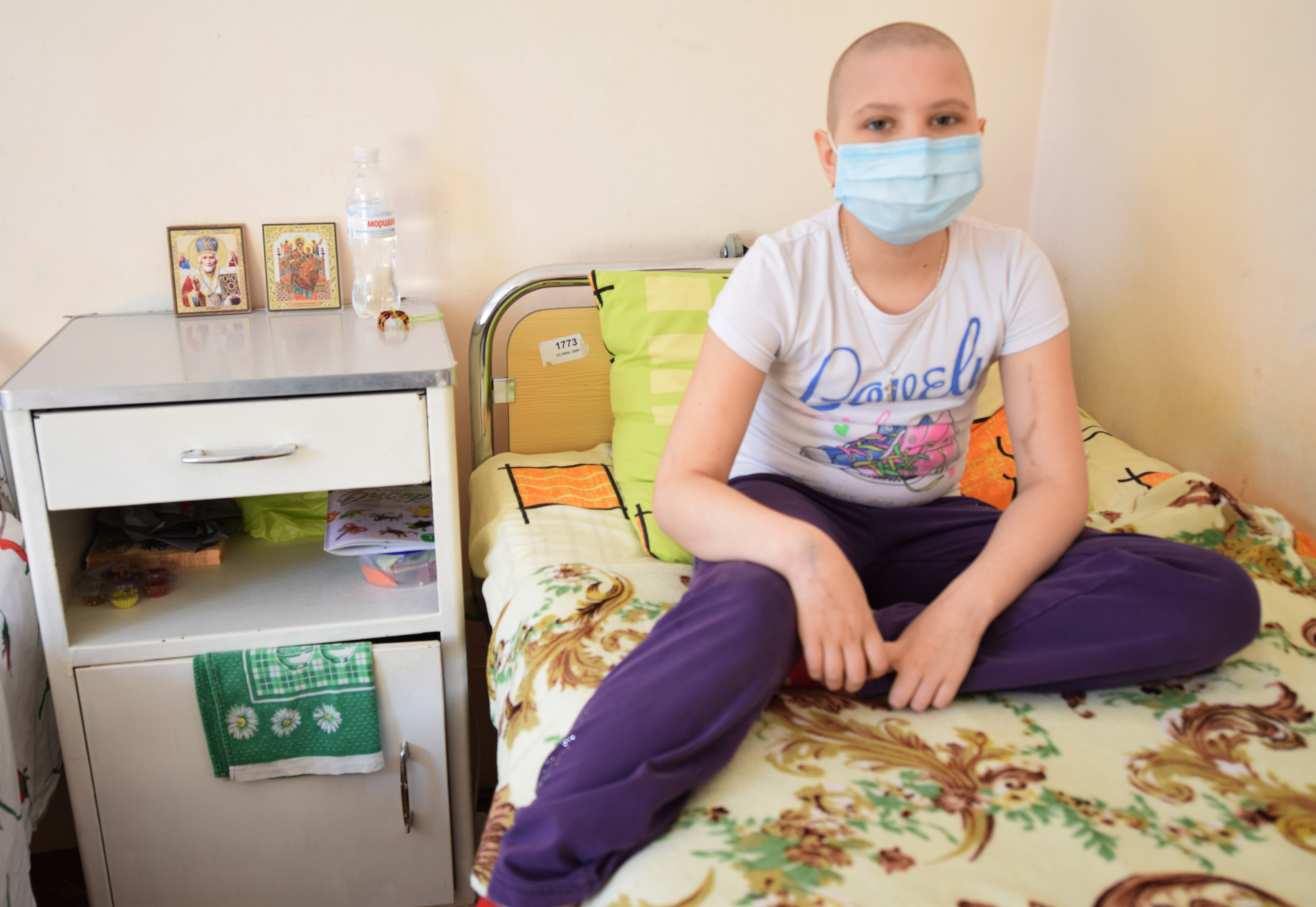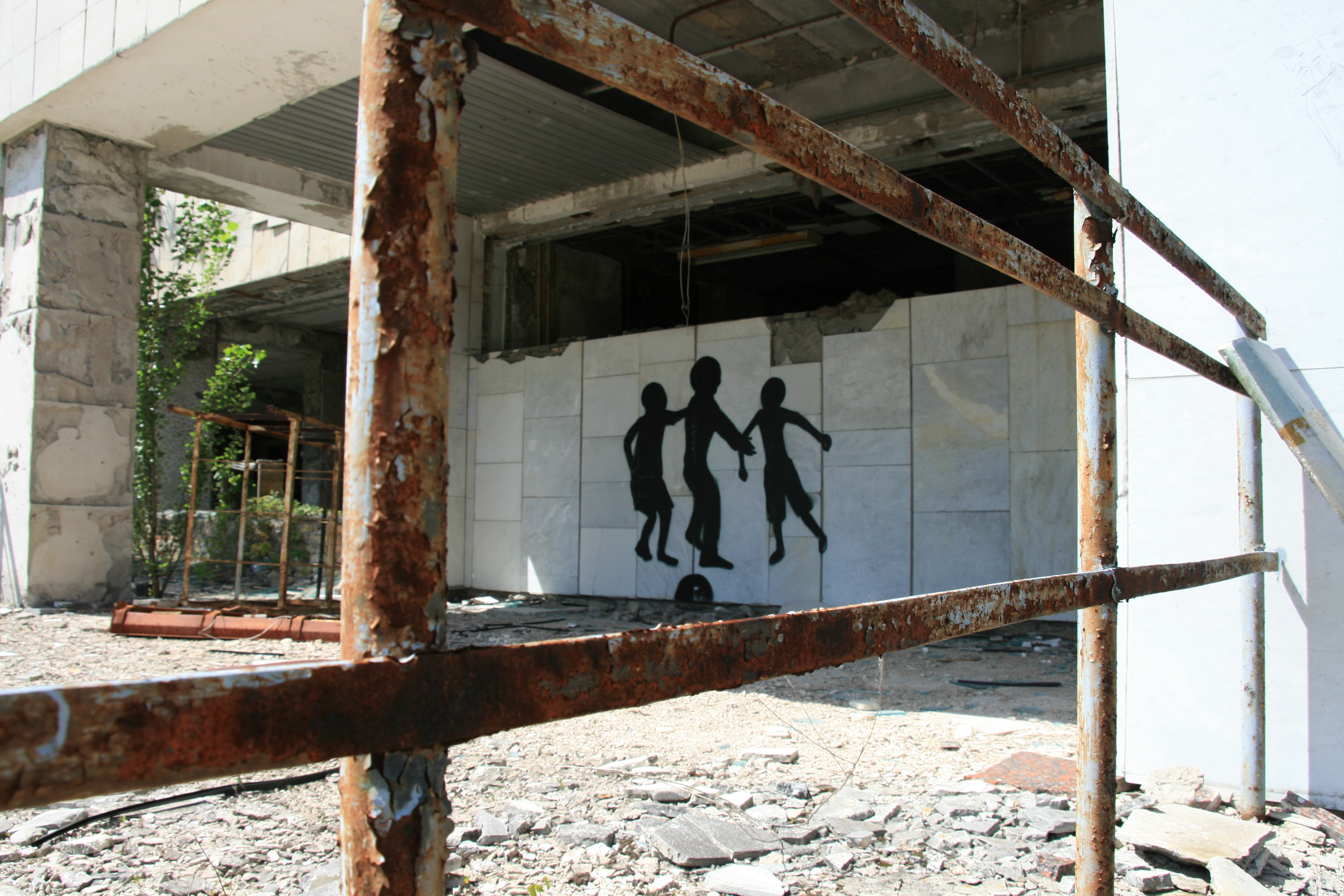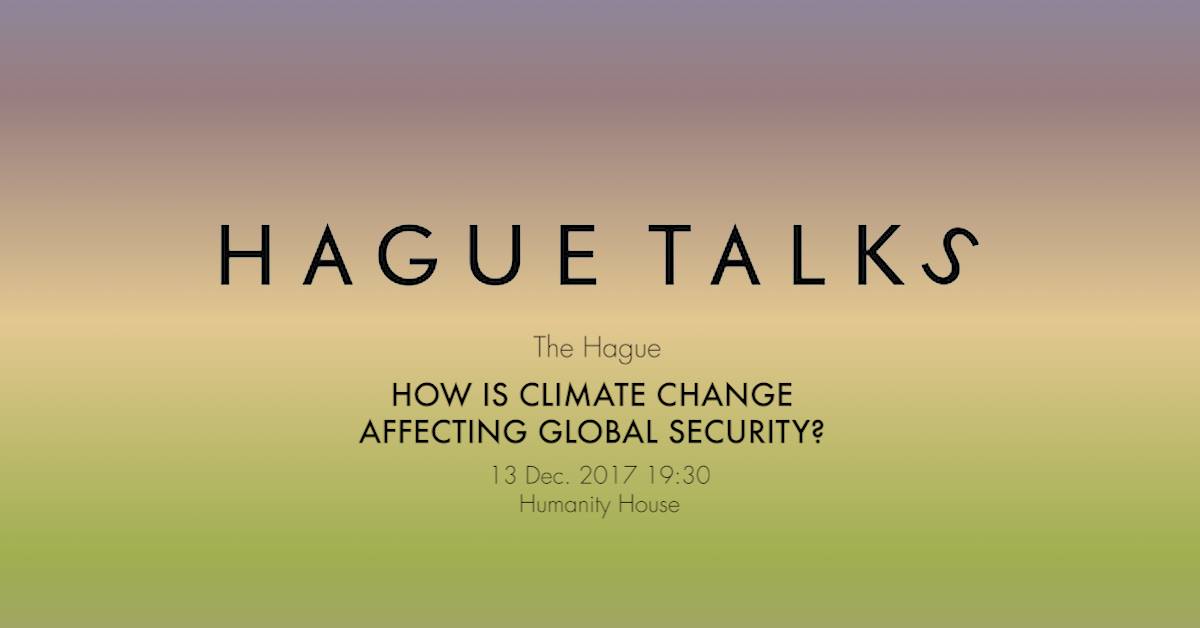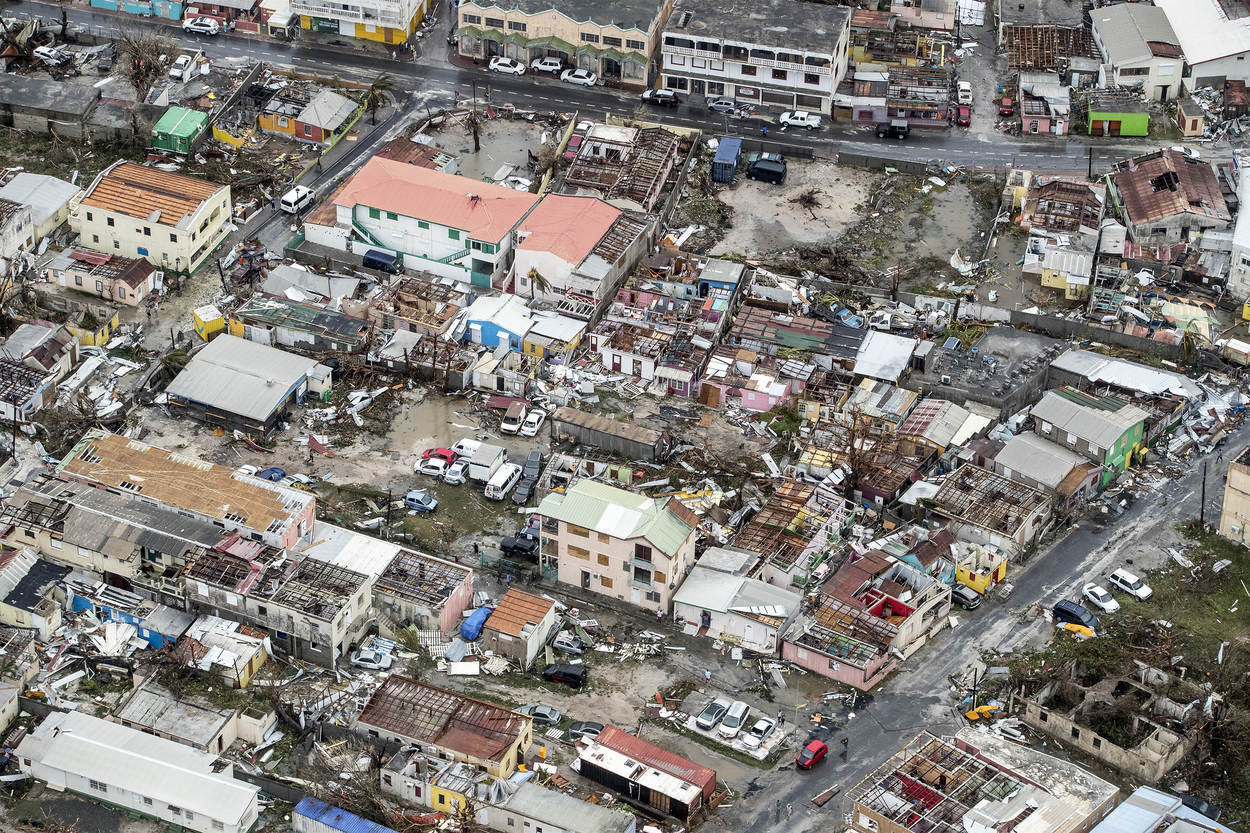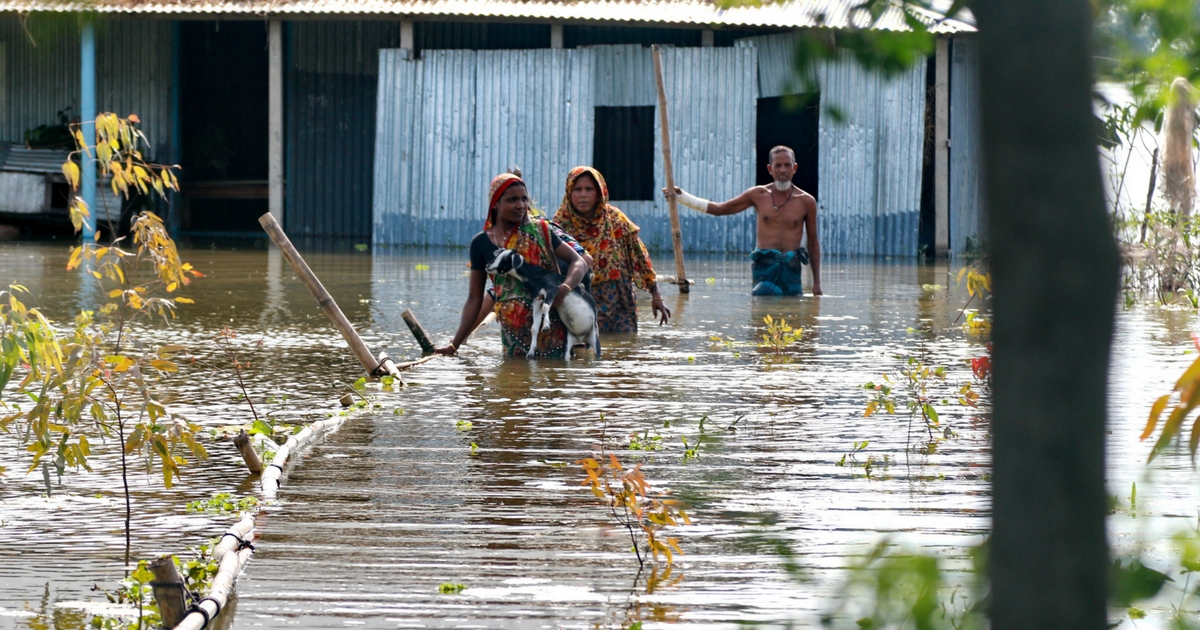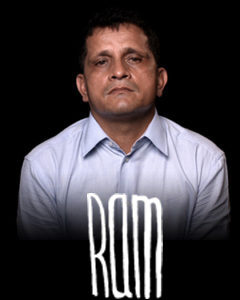Chernobyl. Nuclear disaster, 1986
Country: Ukraine
Period: 1986
Type of disaster: Nuclear disaster
Disaster: An explosion in a reactor at a nuclear power plant releases so much radiation that the area is inhabitable right up to today
Estimated number of victims: More than 10,000 deaths. The health of millions of people is affected
One night in 1986, a reactor explodes at the nuclear power plant in Chernobyl, a city in Ukraine, killing 35 people and releasing huge quantities of radioactive material. A poisonous cloud reaches as far as Europe. Some 135,000 people are evacuated from the wide surroundings of the power plant within ten days. Another 3,500 people continue living in Chernobyl. Twenty years later, few of them are still alive. At the time of the explosion, 65,000 people live in Chernobyl and the neighbouring Pripyat. Today, almost nobody and nothing live there. A week after the explosion, a poisonous cloud reaches the Netherlands and Belgium. Dutch people are advised not to eat green vegetables such as spinach that grew on Dutch soil.
A nuclear reactor that explodes is difficult to repair or shut down. It takes until 2000, 14 years after the disaster, for that to happen in Chernobyl. To limit radiation, a concrete envelope, or sarcophagus, is erected over the plant immediately after the disaster, but this structure quickly develops cracks. Efforts are now being made to construct a bigger and sturdier envelope, scheduled for completion in 2015. The total cost amounts to over 1 billion euro! Since nobody enters the area, nature can reign freely. Some 25 years after the disaster, tourist trips to admire the exceptional nature in and around Chernobyl are organised, although these trips eventually cease owing to a lack of interest.


